Mooring ropes are indeed the preferred choice for securing all types of vessels, ranging from the largest containerships, bulk carriers, navy vessels, tankers, LNG vessels, ferries, barges, tugboats, fishing vessels, to luxury yachts and smaller boats. These ropes are essential for the safe and effective mooring of ships and boats while they are docked or anchored at ports, harbors, or offshore locations.
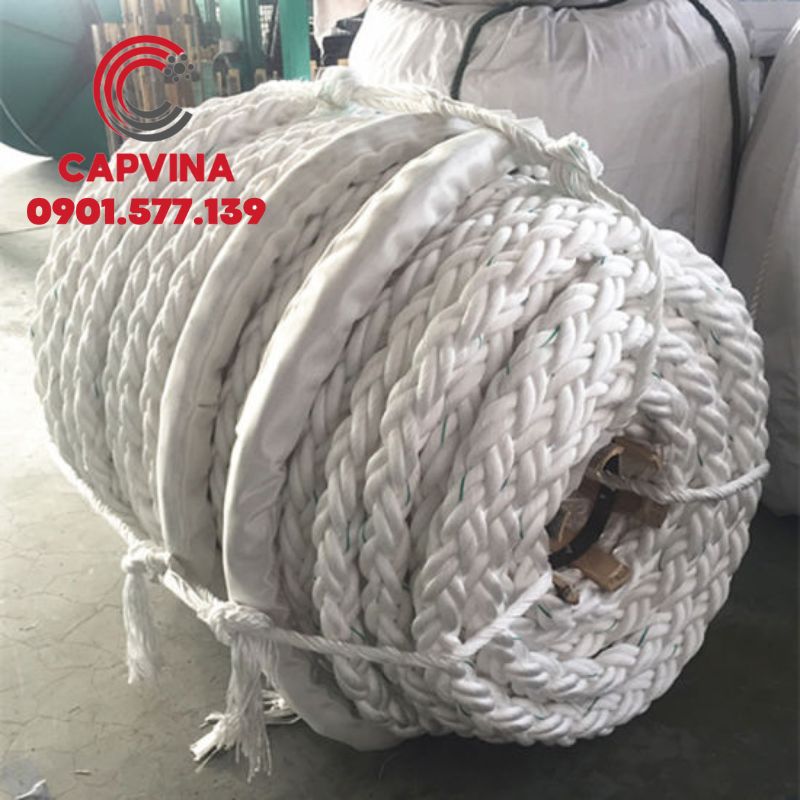
The choice of mooring ropes is critical because they need to withstand various forces and environmental conditions, such as tidal currents, wind, and waves. The ropes must be strong, durable, and reliable to ensure the stability and security of the vessels during mooring operations.
Different types of mooring ropes are available, including synthetic ropes made from high-performance materials like polypropylene, polyester, or nylon, as well as traditional natural fiber ropes like manila. The selection of the appropriate mooring rope depends on factors such as the size and weight of the vessel, the mooring location, the expected loads and forces, and the specific requirements of the maritime operation.
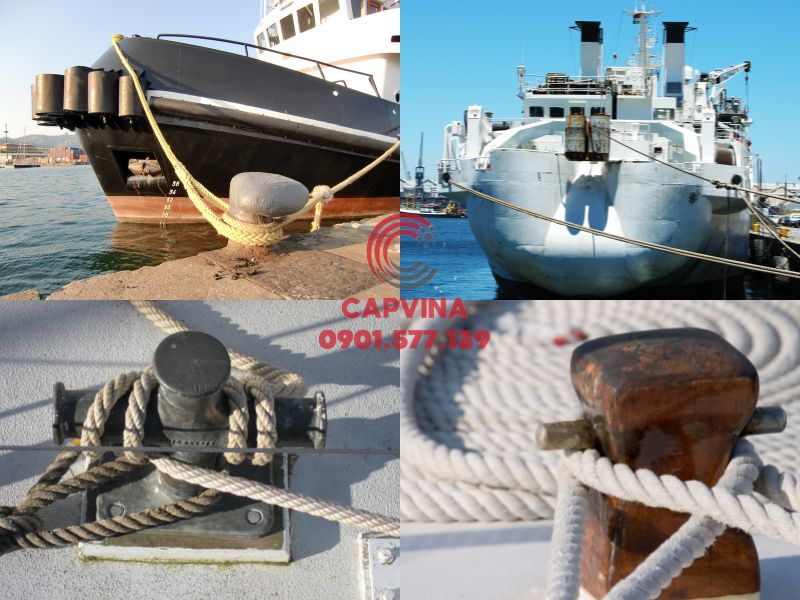
Overall, mooring ropes play a crucial role in the maritime industry, providing the necessary support and safety for vessels of all sizes and types during their berthing and anchoring activities.
Towing and mooring ropes are specialized ropes designed for the purpose of towing and securing vessels during mooring operations. They are essential for ensuring the safety and stability of ships, boats, and other marine structures. These ropes are constructed using different materials and techniques to meet the specific requirements of towing and mooring applications.
Towing Rope Construction:
- Synthetic Fiber Ropes:
- Towing ropes made from synthetic fibers such as polypropylene, polyester, or nylon are commonly used.
- These ropes are lightweight, float in water, and have high strength-to-weight ratios.
- They are resistant to UV degradation and have excellent abrasion resistance.
- Double Braided Ropes:
- Double braided towing ropes consist of an inner core (core) and an outer cover (braided jacket) made of the same or different materials.
- The core provides strength, while the jacket protects the core from abrasion and external wear.
- This construction provides a balanced combination of strength, flexibility, and durability.
- Plasma Ropes:
- Plasma ropes are made from high-performance fibers, such as Dyneema® or Spectra®.
- They have an ultra-high strength-to-weight ratio and excellent resistance to chemicals and UV light.
- Plasma ropes are commonly used for heavy-duty towing operations.
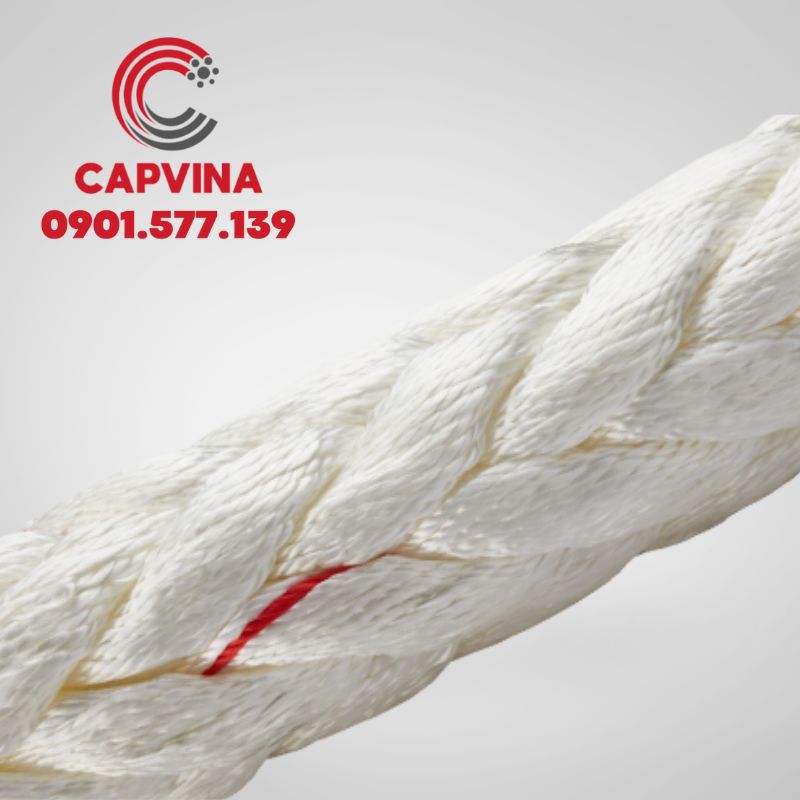
Mooring Rope Construction:
- Natural Fiber Ropes:
- Traditional mooring ropes made from natural fibers like manila or sisal are still used in some applications.
- These ropes have good grip and are gentle on the vessel’s surfaces.
- However, they have lower strength and are more susceptible to degradation by moisture and UV light.
- Synthetic Fiber Ropes:
- Synthetic fiber ropes, such as polypropylene, polyester, or nylon, are widely used for mooring applications.
- They offer higher strength and durability compared to natural fibers and are resistant to UV degradation and moisture.
- 8-Strand Ropes:
- 8-strand mooring ropes have eight outer strands braided around a core, providing high strength and flexibility.
- This construction offers excellent abrasion resistance and is suitable for a wide range of mooring applications.
- 12-Strand Ropes:
- 12-strand ropes are constructed with twelve strands twisted into a circular cross-section.
- They offer even higher strength and are used for heavy-duty mooring operations.
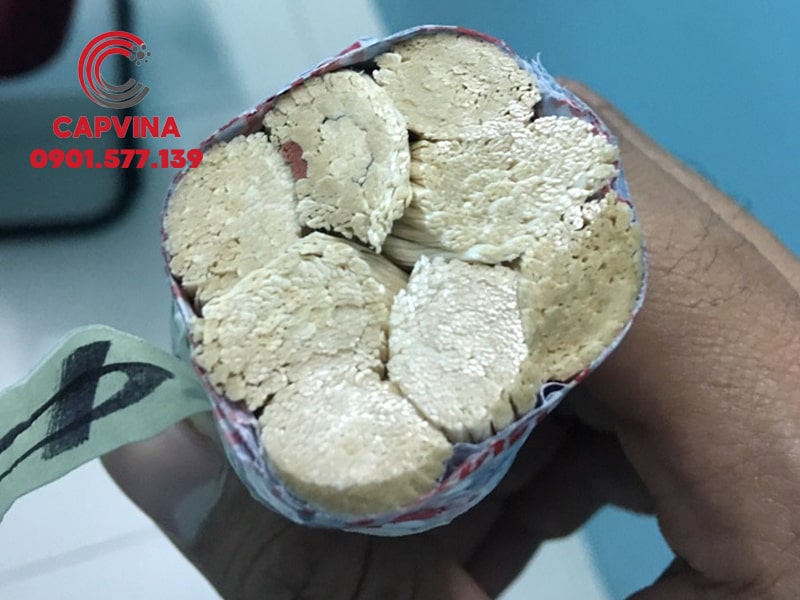
The construction of towing and mooring ropes is carefully selected based on the specific requirements of the marine operation, including vessel size, type, expected loads, environmental conditions, and port regulations. Regular inspection and maintenance are essential to ensure the ropes remain in optimal condition for safe and efficient maritime operations.

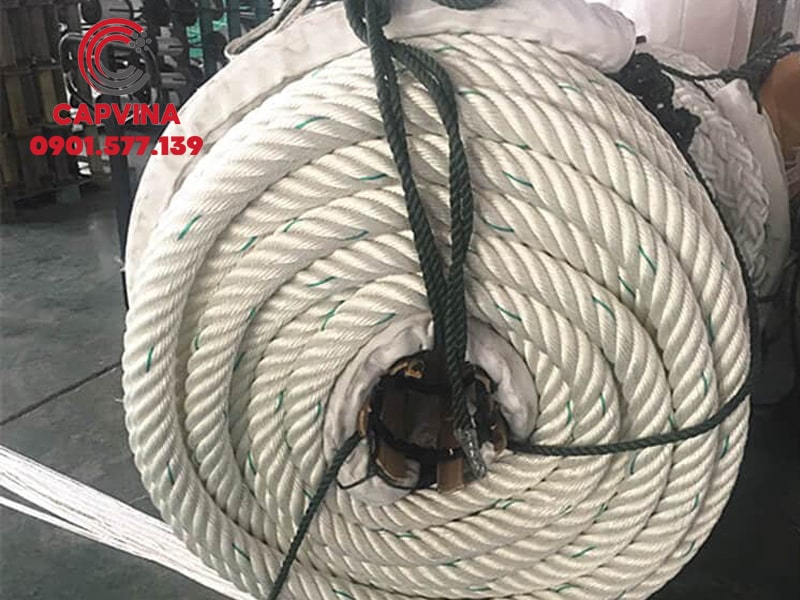
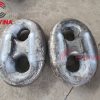
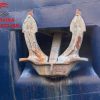
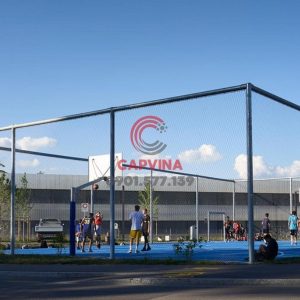
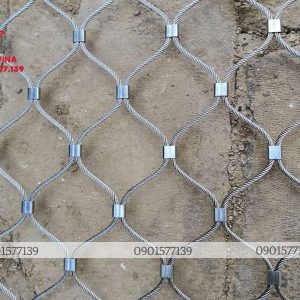
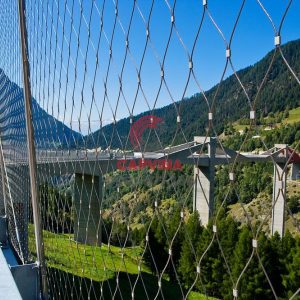
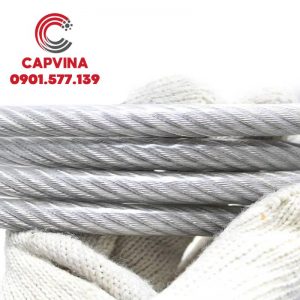
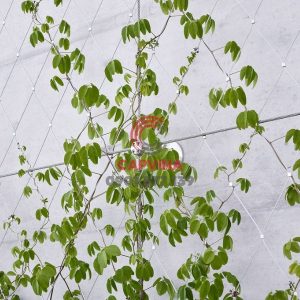
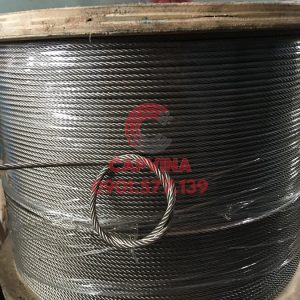
Reviews
There are no reviews yet.